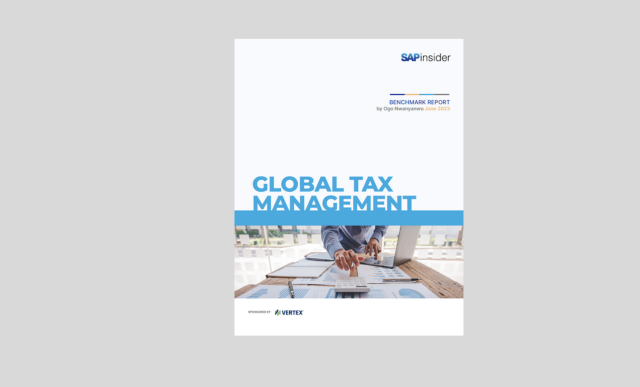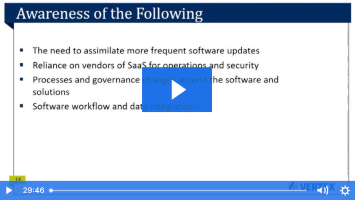Pain Point Trends across Global Tax Management
Key Takeaways
⇨ The top pain points in global tax management shifted significantly over the last year.
⇨ Organizations have shown that they want to operationalize their global tax functions.
⇨ Worries over indirect tax are fading.
Tax Management Roadblocks
Tax teams face numerous significant challenges in their daily operations. The complexity of operations presents a long list of potential obstacles to minimizing tax burden.
In a previous blog, we explored modernization of tax and finance (migration to SAP S/4HANA, automation, use of RPA, AI/ML, etc.) as the top driver of global tax management strategy. In this piece, we will dig into the top pain points that SAPinsiders want to avoid and how these pain points have shifted over the past two years.
Top Two Challenges
Explore related questions
Two issues stood out as the biggest pain points of 2022 for SAPinsider members who responded to the Global Tax Management – Benchmark Research Report. These issues were ERP and application integration with global tax engine and control and governance challenges. Both were highlighted by 48% of respondents as a core pain point.
Organizations have shown that they want to operationalize their global tax functions, which will help them manage compliance risks more effectively. To accomplish these goals, organizations must invest in the right tools and processes in order to streamline their tax operations. Ensuring that the ERP is integrated with the global tax engine and that control and governance rules are in place are key impediments to these goals.
As operationalization grows more important, so does overcoming the pain points that make it more difficult. ERP and application integration with a global tax engine was highlighted as a top pain point by just 32% of respondents to the 2021 survey. Control and governance challenges were also growing pain points with just 28% of respondents selecting it as a key pain point for global tax management.
Indirect Worries Fading
The top pain points shifted significantly from 2021 to 2022. In 2021, both indirect tax reporting and indirect tax determination were tied as the top pain point, selected by 47% of respondents.
Even as indirect tax reporting has grown more complex, indirect tax automation solution usage is no longer viewed as a luxury but rather a necessity. That means an organization can leverage automated solutions to address these issues while turning their attention to other matters.




